The Victoria Cross and the George Cross are the highest medals awarded in the United Kingdom to military personnel and civilians for acts of bravery in wartime or peacetime. Many of them are displayed at the Imperial War Museum in Lambeth, South London. Below are 10 facts about the Victoria Cross and the George Cross.
The Victoria Cross
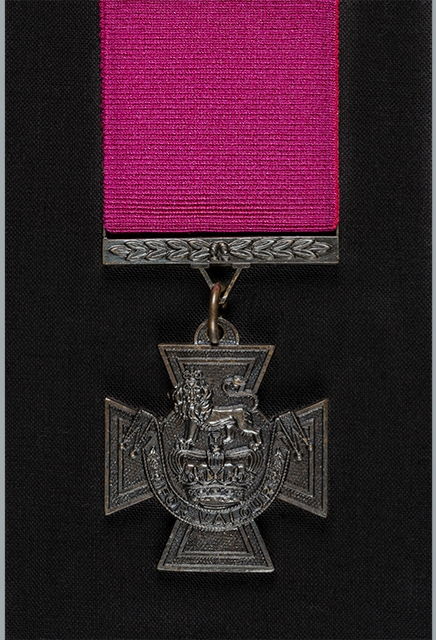
The Victoria Cross (VC). Photo Credit: © Arghya1999 via Wikimedia Commons.
1. The Victoria Cross was created on 29 January 1856. It recognises acts of bravery carried out under enemy fire. It is often referred to by its initials ‘VC’.
2. 1,354 people have been awarded the Victoria Cross since its inception.
3. The Cross is hand-made, traditionally using bronze taken from a gun captured in the Crimean War. It was deliberately intended to have little monetary value.
4. The inscription on the Victoria Cross is ‘For Valour’. Queen Victoria turned down the first suggestion, ‘For the Brave’, explaining that all her soldiers were brave.
5. An act that leads to someone being awarded the Victoria Cross has to be seen by several witnesses. The award is then sent for approval by the monarch.
6. The two youngest recipients of the Victoria Cross were Thomas Flinn in 1857 and Andrew Fitzgibbon in 1860. Both were fifteen years and three months old. The oldest recipient of the VC was sixty-nine-year-old William Raynor who defended an ammunition store in Delhi for five hours in 1857.
7. Three fathers and sons have earned the VC, including Charles Gough in 1857 and his son John Gough in 1903. Four pairs of brothers have also earned VCs, including Major Charles Gough and Lieutenant Hugh Gough in 1858. One set of brothers has each received both a Victoria Cross and a George Cross: Captain Derek Seagrim was awarded the VC in 1943 and Major Hugh Seagrim was given a George Cross in 1944.
8. Only three people have received the Victoria Cross twice: Surgeon Captain Arthur Martin-Leake in 1902 and 1914, Captain Noel Chavasse in 1916 and 1917, and Captain Charles Upham in 1941 and 1942. The medals of Charles Upham form part of the Imperial War Museum collection but are on long-term display in New Zealand.
9. Since 1902, when it was first awarded posthumously, the Victoria Cross has been awarded to 295 people who died while performing acts of bravery.
10. The Victoria Cross has been awarded to three soldiers for bravery in Afghanistan: posthumously to Corporal Bryan Budd of the Parachute Regiment, also to Corporal Willia Apiata of the New Zealand SAS, and Trooper Mark Donaldson of the Australian SAS.
The George Cross
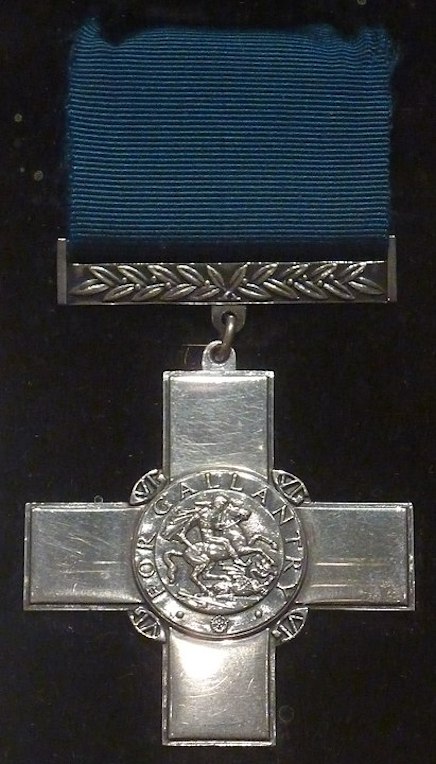
The George Cross. Photo Credit: © David Monniaux via Wikimedia Commons.
1. The George Cross was created on 24 September 1940. It recognises acts of extreme bravery carried out in peacetime when facing the perils of ordinary life and in wartime away from the heat of battle.
2. The George Cross is made from silver by the Royal Mint. The inscription on the George Cross is ‘For Gallantry’. The words surround an image of St George slaying the dragon. Many details on the George Cross were personally designed by King George VI, after whom it was named.
3. 406 people have received George Crosses (86 posthumously). Collective medals were awarded to Malta and to the Royal Ulster Constabulary.
4. 143 George Crosses have been awarded to civilians (excluding police officers). This represents 35% of all the George Crosses awarded.
5. There are fourteen living George Cross holders, with seven residing overseas.
6. The youngest recipient of the George Cross was fifteen-year-old John Bamford who rescued his brothers from a house fire in 1952. The oldest was John Axon, a British Rail engine driver aged fifty-seven who died trying to stop a runaway train in 1957.
7. The Albert Medal was created in 1866 and named after Queen Victoria’s husband, Prince Albert, it was awarded for great bravery while saving someone else’s life either at sea or on land. 570 Albert Medals had been awarded by 1971 when it was decided to change (or ‘translate’) them into George Crosses.
8. The Edward Medal was created in 1907 and named after King Edward VII, it was awarded to people who risked their lives to help or save others caught in industrial accidents, particularly in coal mines. 584 Edward Medals had been awarded by 1971 when they were translated into George Crosses.
9. Eleven women have received the George Cross. The most recent was Barbara Harrison, an air stewardess who died rescuing people after an air crash at Heathrow in 1968.
10. The George Cross has been awarded to four soldiers for bravery in Afghanistan: posthumously to Corporal Mark Wright of the Parachute Regiment and to Sergeant Olaf Schmid, Logistic Corps. It was also given to Lance Corporal Matthew Croucher of the Royal Marines and Staff Sergeant Kim Hughes of the Royal Logistic Corps.
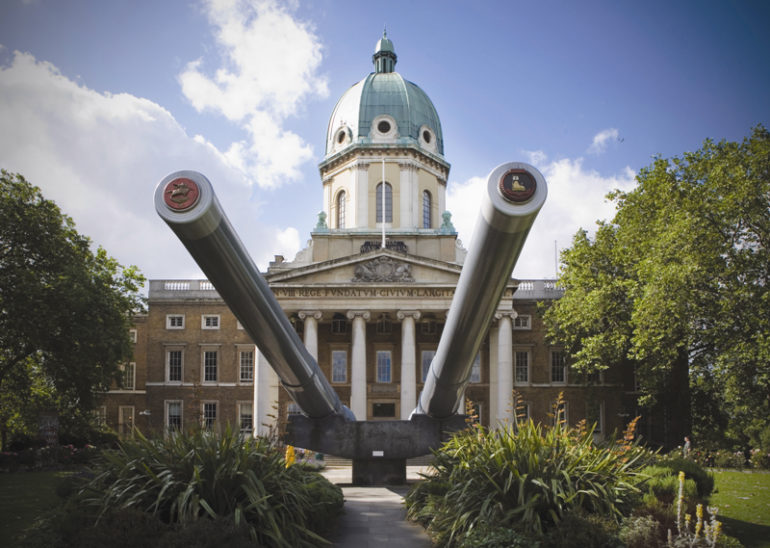
Imperial War Museum London: General Exterior. Photo credit: ©Imperial War Museum.



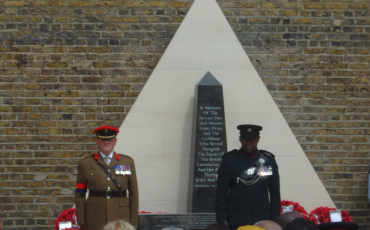
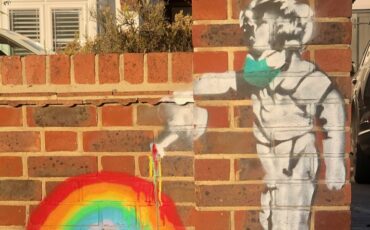


Leave a Reply